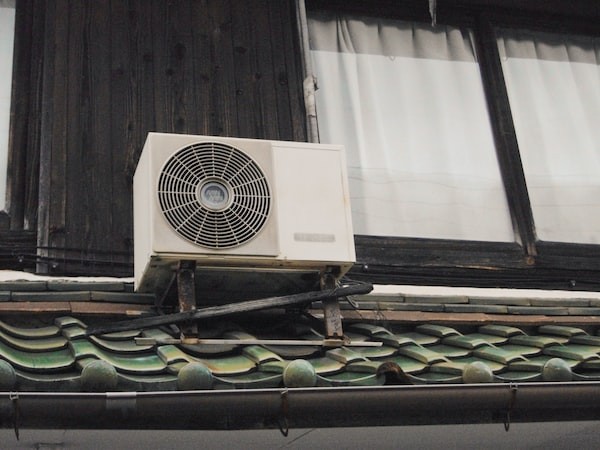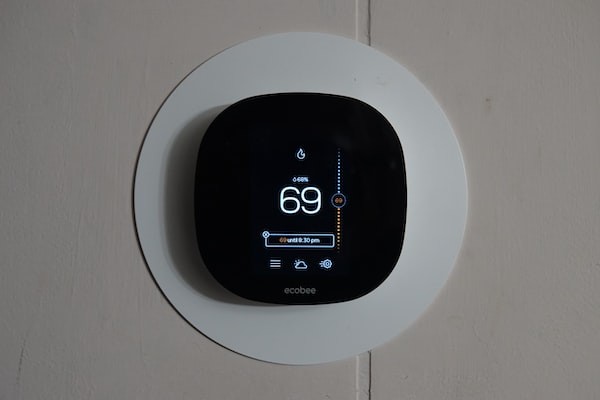There’s a lot of relevant information homeowners need to know about their HVAC systems in order to keep them running smoothly and efficiently. It’s not just about scheduling maintenance checks – it’s about understanding how the system operates and what specific things you can do to troubleshoot and optimize its performance. Two of the primary components of any HVAC system are the evaporator and condenser. They need to be in good working order if you want your HVAC system to work effectively and prevent breakdowns. If you want to learn more, read on to find out how evaporators and condensers work together to cool your home.
How do evaporators and condensers work together to cool your home?

Your evaporator and condenser are two of the main parts of your air conditioning system. They work together to cool your home by removing heat from the air inside. The evaporator is responsible for cooling the air that is being circulated throughout your home. The condenser cools the refrigerant that is used to cool the air. It is crucial to keep both of these components clean and free of debris in order to ensure that your air conditioning unit is operating properly. They work in tandem so that your HVAC system can produce cold air.
The evaporator is a metal coil that is located inside the air conditioning unit. As the air passes over the coil, the moisture in the air is turned into liquid. This liquid is then collected in a pan and circulated back to the condenser. The condenser is a metal coil that is located outside the air conditioning unit. The liquid from the evaporator is circulated through the condenser, where it is turned back into a gas. This gas is then condensed into liquid form and returned to the evaporator. This process removes the heat from the air and cools your home.
To keep your evaporator, condenser, and the rest of your HVAC system functional, you need to be proactive about regular maintenance. That means having the unit itself inspected annually and changing the filters on a regular basis. Most homeowners opt to change theirs once per month in order to ensure peak performance.
What else can you do to maintain your preferred indoor temperature?

Now that you understand how your evaporator and condenser work with your HVAC system to cool the air in your home, let’s discuss some of the other ways you can maintain your preferred temperature. One way to make your entire HVAC system more efficient is to upgrade to a smart thermostat. They can be programmed to automatically adjust the temperature based on your schedule and preferences, which will limit your energy usage and save you money. Your thermostat can even provide you with insights into your energy consumption habits.
The condition of your home will have a major impact on the way you feel inside too. That’s because cracks and crevices in your windows and doors can create air leaks, which let in outdoor air, moisture, and pests. This can affect the temperature indoors and force your HVAC system to work harder to compensate. This can raise your utility bills significantly. If you notice any flaws or imperfections, seal them immediately with caulk or weatherstripping. If you find severe damage, you may need to talk to a contractor about repair or replacement.
As you can see, your HVAC system won’t be able to cool the air in your home if your evaporator and condenser aren’t functioning. That’s why HVAC maintenance should be at the top of your to-do list. That involves inspections and regular filter changes. You also need to take care of the system on your own, cleaning it and ensuring that it is free of dust and debris. You can give yourself even more control over your indoor temperature by upgrading to a smart thermostat. Preventing air leaks should be a priority too if you don’t want your energy bills to skyrocket. Follow this advice and you’ll be comfortable at home all year round.

